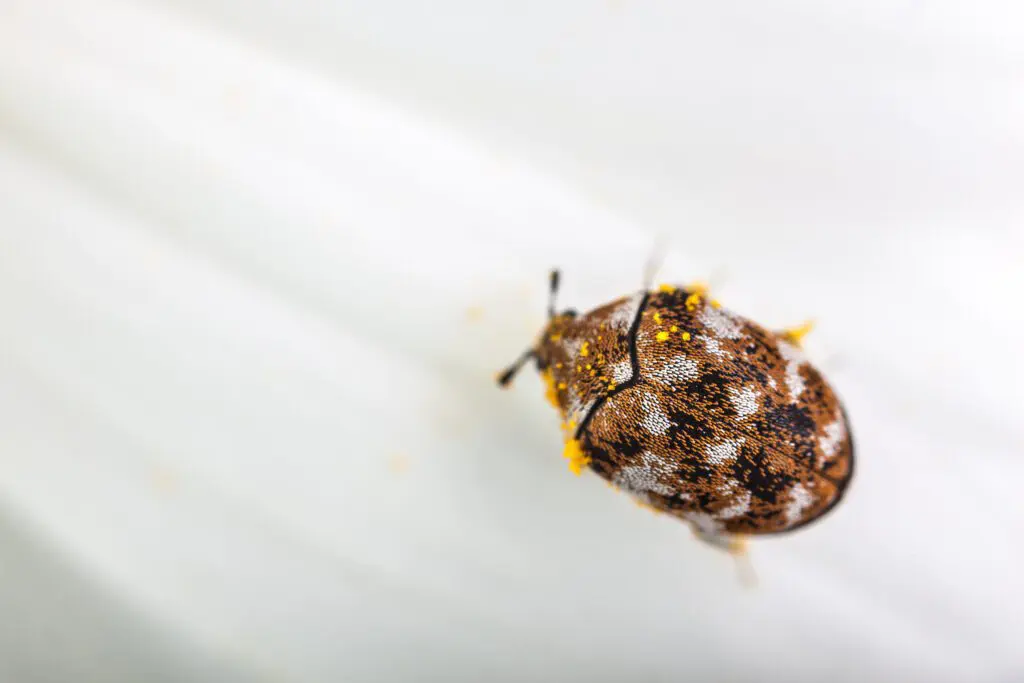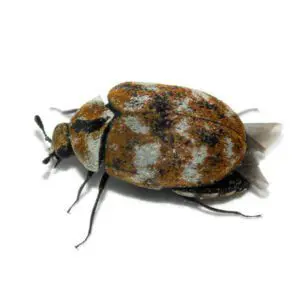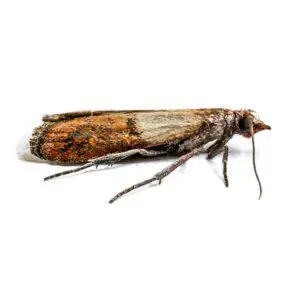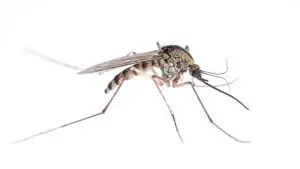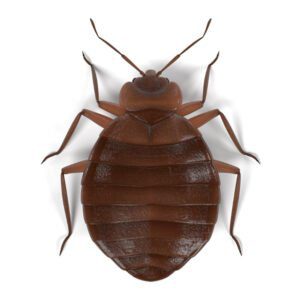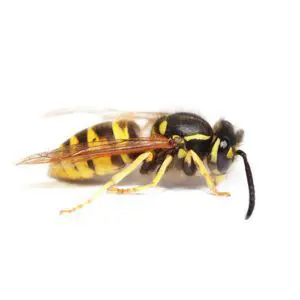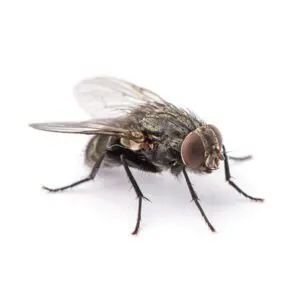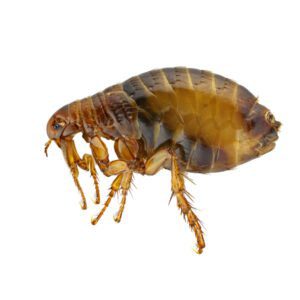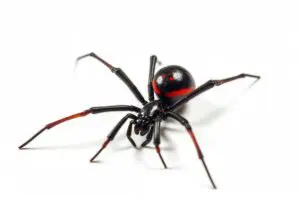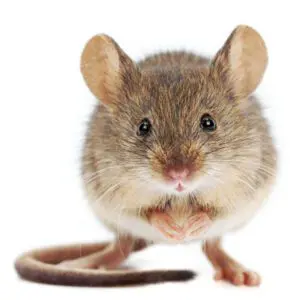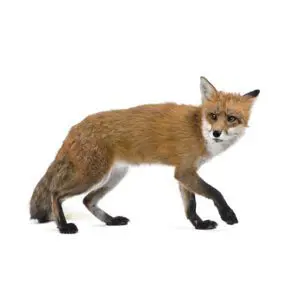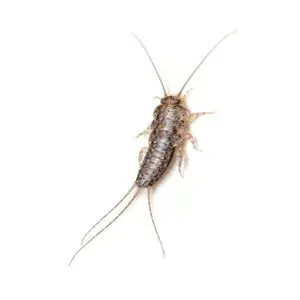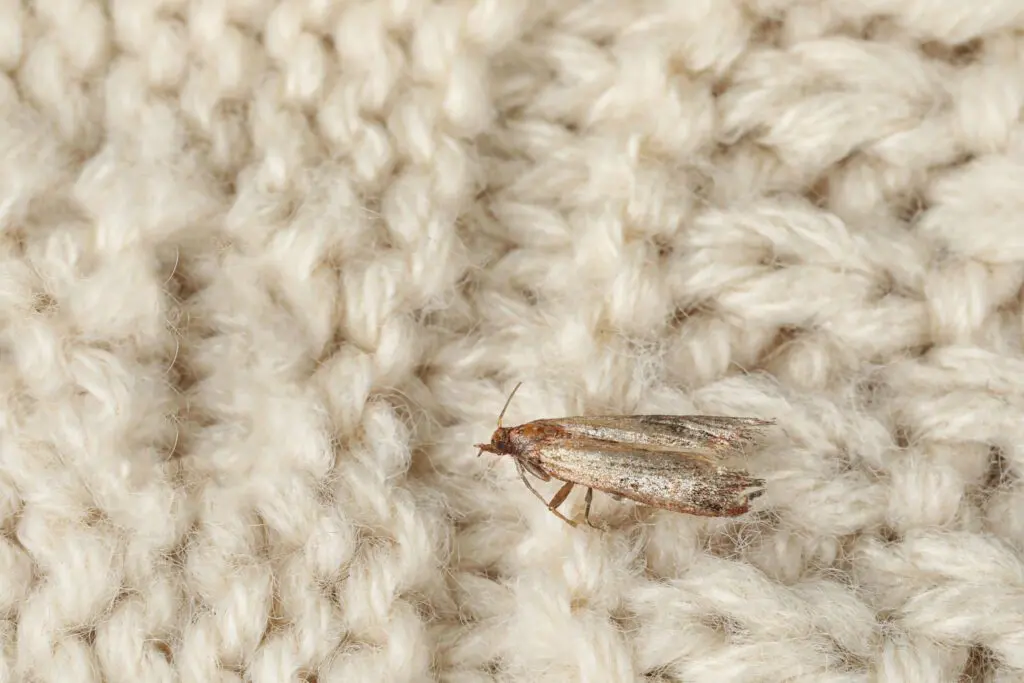Carpet Beetles: Everything You Need to Know
Carpet beetles are a common pest that can cause significant damage to your home if left unchecked. In this blog post, we’ll cover everything you need to know about these tiny intruders, including their life cycle, the problems they cause, and how to get rid of carpet beetles effectively.
What Are Carpet Beetles?
Carpet beetles are small insects belonging to the family Dermestidae. They are commonly found in homes across the UK. There are several species, but the most common in the UK include the varied carpet beetle (Anthrenus verbasci), the black carpet beetle, and the furniture carpet beetle.
Varied Carpet Beetle
The varied carpet beetle, also known as Anthrenus carpet beetle, is particularly widespread. Its larvae, often referred to as ‘woolly bears,’ are notorious for feeding on natural fibres such as wool, silk, and leather, causing damage to carpets, clothing, and upholstery.
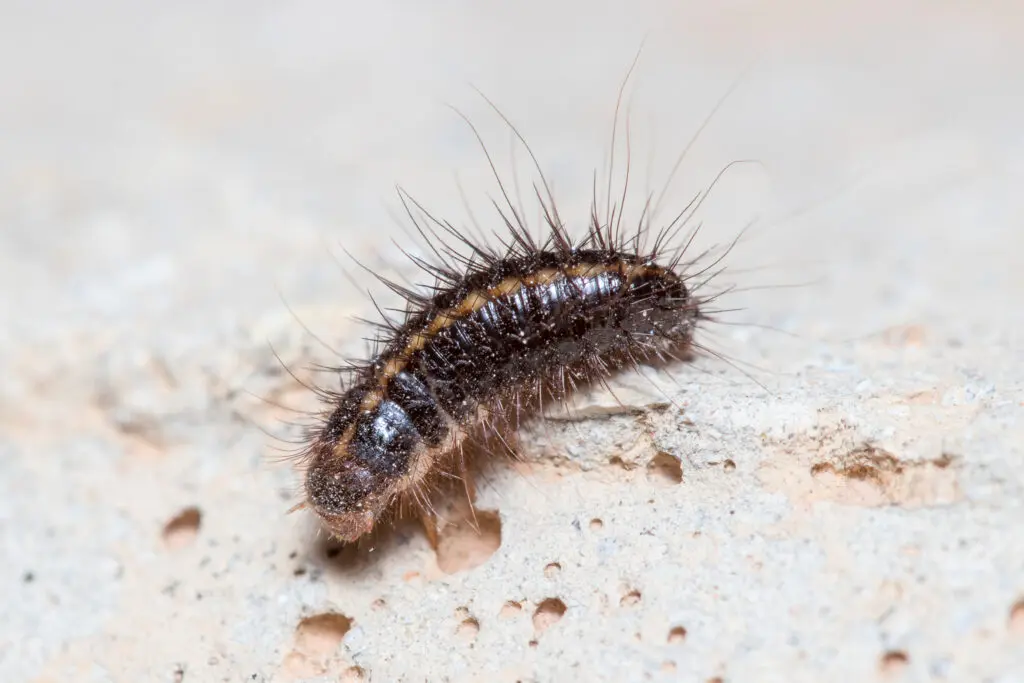
Carpet Beetle Life Cycle
Understanding the carpet beetle life cycle is key to controlling these pests.
Eggs: Female carpet beetles lay their eggs in dark, hidden places where food is abundant. Carpet beetle eggs are tiny and hard to spot, often laid in clusters on or near potential food sources.
Larvae: Once the eggs hatch, the larvae emerge. Carpet beetle larvae are small, hairy, and can vary in colour. They are the most destructive stage, feeding on natural fibres and causing significant damage.
Pupae: After a period of feeding and growth, the larvae pupate, transforming into adult beetles.
Adults: Adult carpet beetles are small (about 3-4 mm), oval-shaped, and often patterned with various colours. While adult beetles are primarily pollen feeders, they are responsible for laying the eggs that will produce the next generation of larvae.
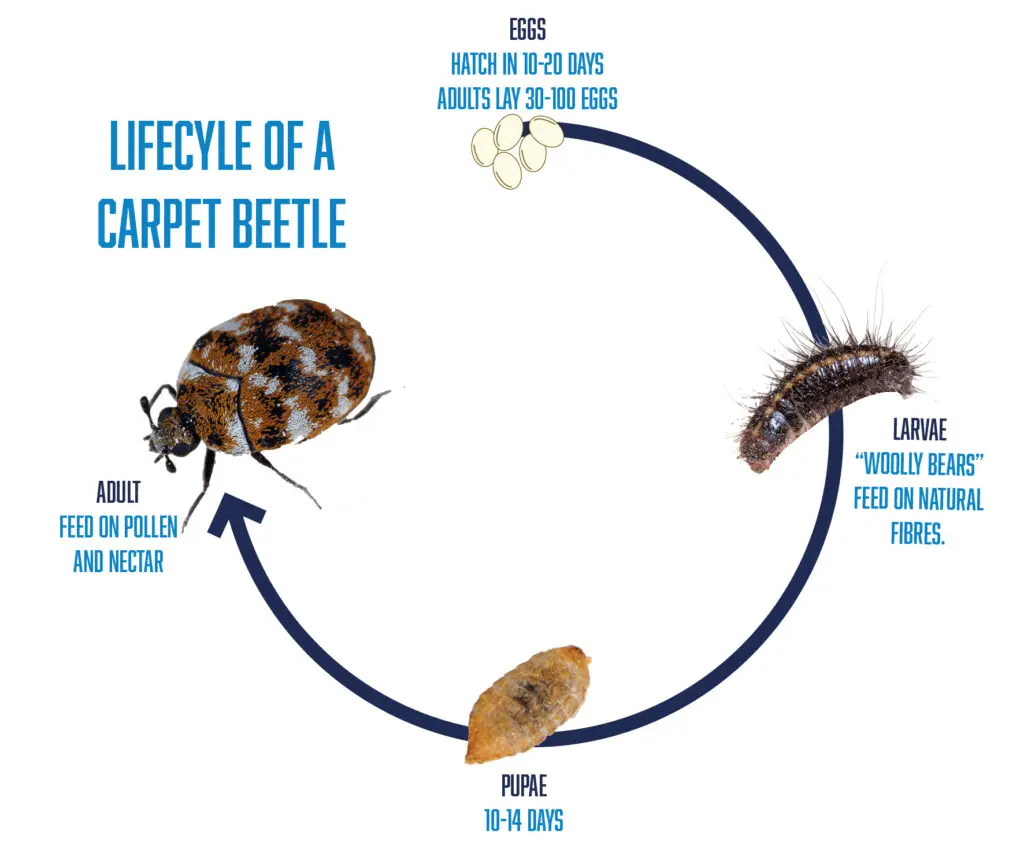
Do Carpet Beetles Bite?
One common question is whether carpet beetles bite. The answer is no; carpet beetles do not bite humans. However, their larvae can cause skin irritation. When larvae shed their bristly hairs, these can cause an allergic reaction in some people, leading to a carpet beetle rash.
What Causes Carpet Beetles?
Carpet beetles are attracted to homes where there is an abundance of food sources such as wool, fur, feathers, and other natural materials. Poor housekeeping, improper storage of clothes, and the presence of dead insects can also attract these pests. Additionally, carpet beetles can fly, making it easy for them to enter homes through windows and doors.
How to Get Rid of Carpet Beetles
Getting rid of carpet beetles requires a multi-faceted approach:
- Cleaning: Regular cleaning and vacuuming can help remove carpet beetle larvae and eggs from carpets, upholstery, and other areas where they might be hiding.
- Storage: Store natural fibre clothing and fabrics in sealed containers to prevent carpet beetles from accessing them.
- Professional Help: If the infestation is severe, consider spraying for carpet beetles with the help of a professional pest control service.
Preventing Carpet Beetles
Preventative measures are crucial in keeping carpet beetles at bay. Regular inspections, proper storage of fabrics, and maintaining good household hygiene can go a long way.
Carpet beetles can be a nuisance, but with proper knowledge and action, you can control and prevent infestations. Regular cleaning, proper storage, and the use of appropriate pest control products are essential in managing carpet beetles. If you find yourself dealing with a severe infestation, don’t hesitate to seek professional assistance to ensure your home remains pest-free.
By staying vigilant and taking proactive measures, you can keep your home free from carpet beetles and the damage they cause.

